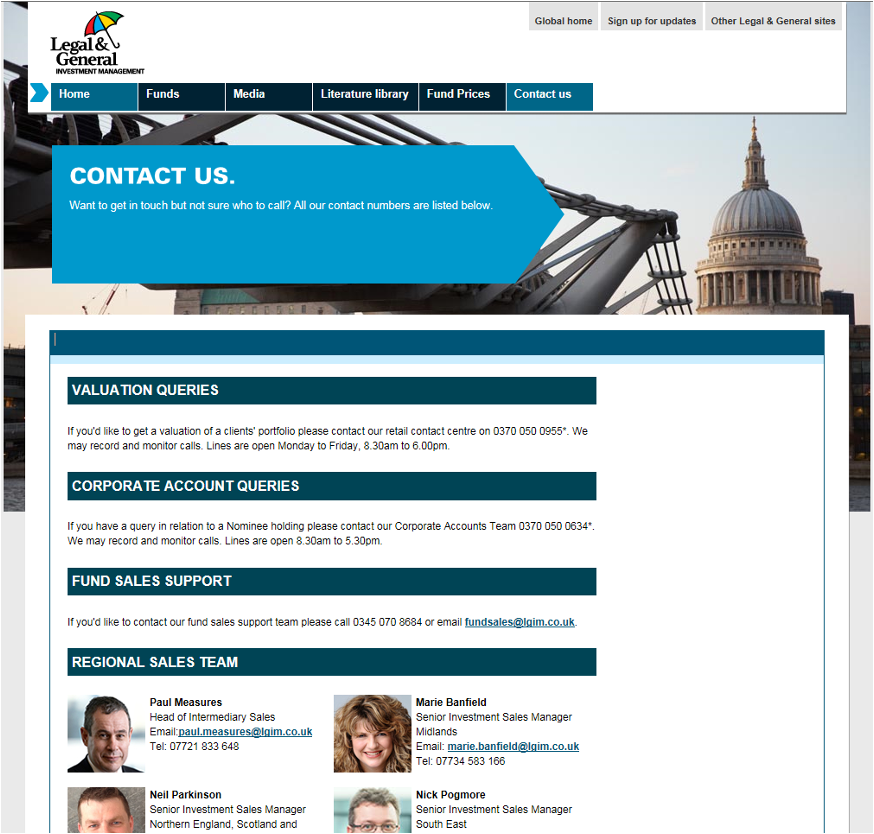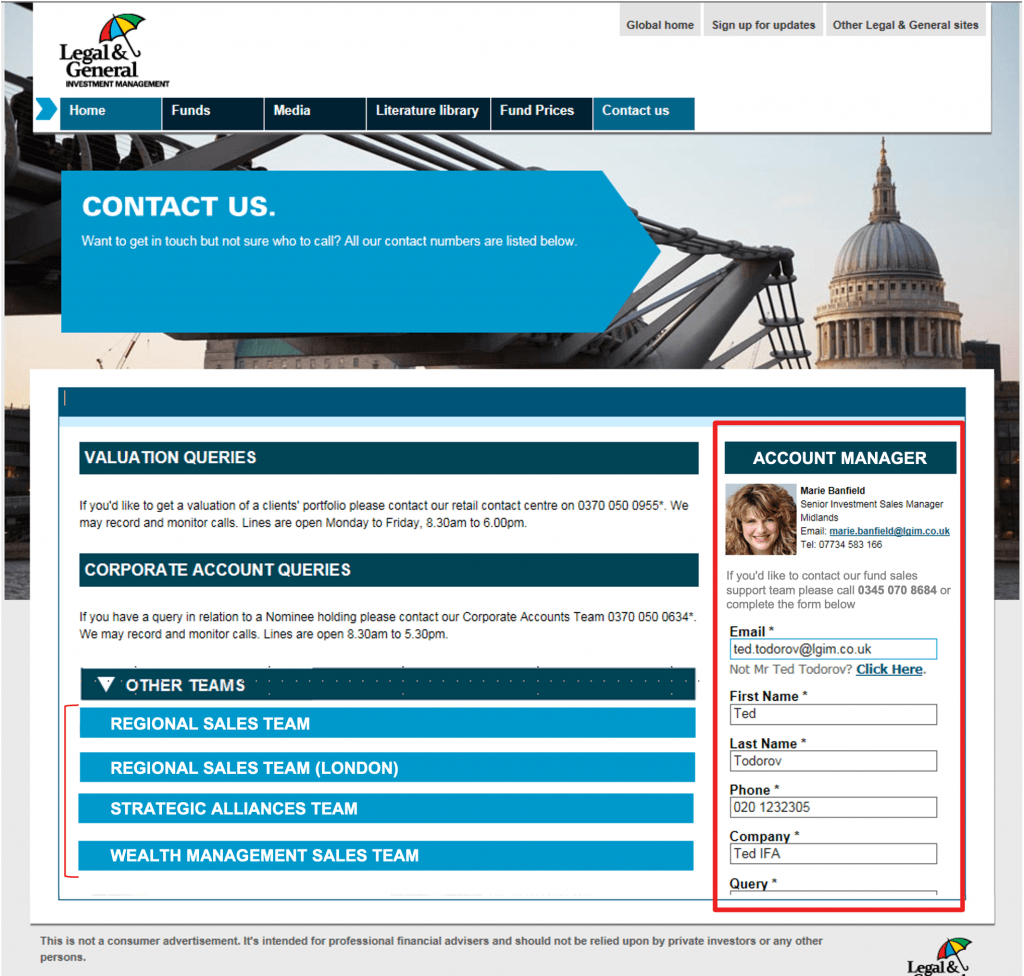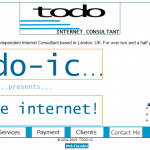
The value of a using personalisation on your Contact Us page
Introduction
A ‘Contact Us’ page is one of the most important pages on a business’s website. It is where potential customers go to ask questions, voice concerns, or get in touch with the company for any reason. The page should be easy to navigate, clear, and provide quick and efficient ways for customers to reach out to the business. However, simply having a ‘Contact Us’ page is not enough. Personalisation can make a huge difference in how effective the page is in converting visitors into customers. In this post, I will discuss the power of personalisation on a ‘Contact Us’ page and how it can improve your business’s customer experience.
Personalising the Contact Form
Personalised web content is a technology which many business have as part of their marketing automation stack but are not currently using on any of their websites. It works by utilising the data held in CRM and automatically tailoring the content displayed on a webpage when a known visitor lands on it, or displaying a default ‘catch-all’ content if the visitor is unknown.
Current
The current contact us page is quite bland and does not fully utilise the screen space.
It can also be confusing for visitors as they are presented with quite a few options and all of the Sales Managers contact details. How do they know which one to call?
We are also missing the opportunity of ‘conversions’ – the ability to identify unknown visitors through a form submitting.
By converting an unknown visitor we will be able to analyse and take actions (MQL delivery) based on their browsing habits.

Personalisation in action

The personalised element is now utilising the right white space. Pardot has identified the visitor through their unique cookie.
The Lead or Contact record owner of the visitor is then used to dynamically display their contact details.
Furthermore the user journey is simplified as the form is pre-filled, thus saving time and frustration should the visitor wish to submit. This can also be an opportunity to use progressive profiling – where you can ask for additional information from visitors on their repeat visits.
Conclusion
Personalisation is a powerful tool in improving your ‘Contact Us’ page’s effectiveness. By providing personalised contact options, customising the contact form, and adding personalised content, you can make it easier for customers to reach out to you and establish a stronger connection with your brand. Remember, the ‘Contact Us’ page is often the first point of contact between your business and potential customers. Make sure you are taking full advantage of personalisation to make that first impression count.

 Previous Post
Previous Post Next Post
Next Post